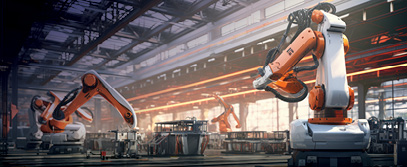Automotive Aftermarket ‘Pleased’ with Q2 Results

September 27, 2021 — In a word, the Automotive Aftermarket is “pleased” with its second-quarter results. We experienced our first normal winter weather in three years and the industry is benefiting. For the six companies that comprise the Hilco Parts Index (the Index), net sales were $69.8 billion for the twelve months ending with the second quarter of 2021. This is the second quarter in a row in which the industry posted exceptionally strong financial results; a real confidence booster. The industry has a track record of exiting a recessionary cycle stronger than when it entered. Increasingly, this recession appears to be no different.
For some time, industry inventory turns have fluctuated in a very tight range at around two. This means the industry’s inventory turns two times per year or the equivalent of a 180-day supply. In general, a company works to increase its inventory turns to improve its return on investment. However, if the increase in inventory turns is due to a selldown of the Company’s most desirable, high-turnover inventory, then that is obviously a bad thing. This is exactly what is happening in the new car market right now. After beginning the year selling cars at the rate of 17 million units per year, the industry’s inventory of new cars has been depleted while manufacturers struggle to replenish dealer lots due to supply chain challenges. Perhaps the automotive aftermarket is now suffering the same fate, only two to three months later. “If I had more [inventory], I could sell more [inventory]” is a common lament voiced throughout the industry. The impact from supply constraints is taking longer to impact the aftermarket, which holds about twice as much inventory on hand as the new car market in terms of days’ sales. Building inventory back is a priority.
Industry profitability is under pressure. Labor costs have increased in response to the labor shortage, freight costs have increased due to the container shortage, and product costs have increased due to rising commodity prices. The industry expects inflation to run in the 2% to 4% range. It will be difficult to make all the necessary price adjustments in the short term, but the industry remains confident that it can continue to pass on cost increases to end-users in the long term.
About the Index: The Hilco Parts Index is comprised of six publicly traded companies that distribute aftermarket parts, namely Advance Auto Parts (Advance), AutoZone, Genuine Parts (NAPA), LKQ, O’Reilly Auto Parts (O’Reilly), and Uni-Select. Advance, AutoZone, NAPA, and O’Reilly are the four traditional parts distributors in North America with strong commercial (do-it-for-me or DIFM) and retail (do it yourself or DIY) programs. Uni-Select is a much smaller distributor with a strong presence in Canada and LKQ is largely a distributor of recycled (used) parts, as opposed to new parts.
For Further Information, please contact Keith Spacapan at 847-313-4722 or kspacapan@hilcoglobal.com





